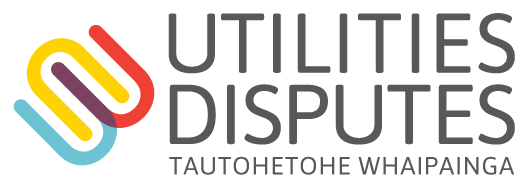Distributed Generation means equipment used for generating electricity for a customer’s own use and which is connected to a distribution network (i.e. Wellington Electricity network). It can also be capable of injecting electricity back into that distribution network. Examples of this could include; solar, photovoltaic, wind, gas and biomass.
Installing distributed generation is complex and every situation is different, so we advise you to discuss your proposal with us as early as possible by calling Wellington Electricity on (04) 915 6100 or email: [email protected]
Distributed generation must meet all relevant statutory and regulatory requirements and comply with all applicable safety standards. Wellington Electricity’s policies and procedures for the application for, installation and connection of Distributed Generation are in accordance with the requirements of Part 6 of The Electricity Industry Participation Code 2010.
The requirements and process for installing distributed generation varies depending on the capacity of the system. Please note that the maximum allowable grid export for all capacities is 5kW per phase.
- Small systems with capacity of 10 kilowatts or less (≤10kW)
- Larger systems with capacity of more than 10 kilowatts (>10kW)
Distributed Generation (DG) Congestion
For installation requests of more than 10kW, individual assessments will need to be undertaken by Wellington Electricity to determine whether Distributed Generation (DG) congestion could occur.
DG Congestion occurs when a localised oversupply of power into the network has the potential to create reversed power flows, impacting safety and power quality. The most common constraint is where the export of power into Wellington Electricity’s network causes the voltage to exceed regulatory limits. Changing network conditions may also result in previously accepted distributed generation applications creating subsequent issues on the network.
Under these circumstances Wellington Electricity may require the distributed generation operator to curtail or disconnect the distributed generation, operate within nominated times and/or with conditions. The curtailment may be restricted to any or all of the distributed generation operators on the part of the network experiencing congestion.
For more information please see Wellington Electricity's Congestion Curtailment and Interruption Policy here.
Distributed generation export congestion map
Before using this map, please make sure you read our Terms of Use below
Wellington Electricity Terms of Use for our distributed generation (DG) export congestion map
By accessing the DG export congestion map (Data) on, or from, this website, you as the user (User) agree to and acknowledge the following terms of use:
1 The Data is provided on an “as is” basis. Wellington Electricity Lines Limited (Wellington Electricity):
(a) excludes all representations and warranties relating to the Data, including in relation to the completeness of and/or any inaccuracies or omissions within the Data; and
(b) shall have no liability to any User for any kind of loss, damage, cost or liability whatsoever, including for any loss or damage arising out of or in connection with the User’s use of or reliance on the Data, whether or not such loss or damage:
(i) was foreseeable;
(ii) arose in the normal course of things; or
(iii) Wellington Electricity was advised by the User of the possibility of the loss or damage.
2 The User waives its right to make any claim against Wellington Electricity relating to or in connection with the use of or reliance on the Data.
The Data is approximate and is provided for illustrative purposes only. It may not be up-to-date, and may not necessarily be complete or accurate.
3 The User acknowledges and agrees not to rely upon the Data for any planning, design, construction, other works or otherwise.
4 The User shall indemnify Wellington Electricity against all claims brought against Wellington Electricity by third parties that arise from the User’s use or reliance on the Data.
5 The User warrants and undertakes not to distribute to third parties, repurpose or commercialise this Data in any way without the express permission of Wellington Electricity. Use of the Data is strictly for personal reference only.
If you have any questions, please email [email protected].
Regulated Terms
In the majority of distributed generation connections (once completed) the Electricity Authority's Regulated Terms from the Code Part 6.2 will apply. However Wellington Electricity and the distributed generator may enter into a connection contract at any time and these contract terms shall take precedence. If contracted terms cannot be negotiated and agreed within 30 days following notice to Wellington Electricity of the intent to form a contract then the Regulated Terms shall apply. Any changes to contracted terms shall be by mutual agreement.
The Electricity Industry Participation Code 2010 can be found here.
New DG Inverter Requirement
As per the latest version of the Electricity Industry Participation Code Part 6 20/12/2021 Clause 1A (1)(b), the Declaration of Conformity with AS/NZS4777.2:2020 for the installed inverter will need to be provided with the application. You can find a full list of approved inverters on the Clean Energy Council's website.


To help improve our service, what feedback can you give us about this page?